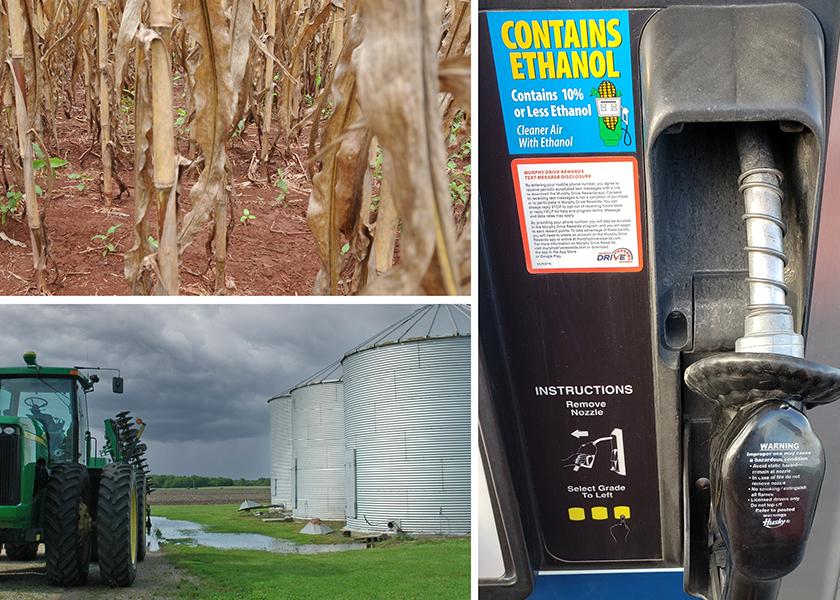EPA’s Year-Round E15 Proposed Rule Pushes Sales into 2024

EPA on Wednesday issued a proposed rule by eight Midwest governors, including Illinois, Iowa, Minnesota, Missouri, Nebraska, Ohio, South Dakota and Wisconsin, to allow the sale of E15 fuel blends all year, starting in 2024.
Historically, E15 sales were banned in the summer months due to claim that the blend increased smog. However, year-round sales have been on the table for many Midwest states since President Biden suspended the summer ban on E15 in 2022 as a means to mitigate rising fuel costs.
Related article: 8 State Requests for Year-Round E15 Reviewed by US Budget Office
“EPA’s research has shown no significant impact on evaporative emissions when… the waiver is extended to E15,” the agency wrote at the time of the suspension. “With no significant impacts on emissions from cars and trucks, we expect consumers can continue to use E15 without concern that its use in the summer will impact air quality.”
Troubled Waters
While the ethanol industry has been pushing for the legislation since 2022, some stakeholders, including the Renewable Fuel Association (RFA), are dissatisfied with the proposed rule timeline.
“There is simply no justification for further delaying this action, which is already months overdue,” said Geoff Cooper, RFA president and CEO. “By law, EPA should have finalized approval of the governors’ petition more than seven months ago, which would have given the marketplace more than enough time to adjust and prepare for implementation this summer.”
According to Cooper, the Biden administration was pressured by the oil industry to “ignore” each states’ proposal. In pushing the year-round E15 implementation in 2024, Cooper is concerned the agency would put the oil industry above consumers needs for affordable fuel at the pump.
“We urge EPA to reconsider its proposal to delay implementation. There is still time for the agency to finalize the regulation—or to use other regulatory authority—to allow E15 sales to continue this summer,” Cooper said.
RFA and other groups will be offered an opportunity to share their thoughts on EPA’s proposed rule at a public hearing date to be announced in coming weeks. All listeners must register for by sending an email to RFS-Hearing@epa.gov.
Related article: United Airlines Taps Corn to Bring Ethanol-Based Jet Fuel to Market
Sen. Deb Fischer (R-Neb.) echoed RFA’s disdain for the proposed rule in a press release.
"This proposal, while well-intended, still leaves the country with a patchwork of regulations that prevents the nation’s driving public from enjoying the full benefits of biofuels. It also fails to address this upcoming summer driving season," said Fischer.
According to Fischer, the "best" solution to EPA's rule is congressional action. Others agree, but in a different form of legislation.
Where to Next for Ethanol?
But E15 regulations aren’t the only ethanol news to keep an eye out for in 2023, according to Neil Caskey, National Corn Grower's Association CEO.
Caskey says the next ethanol push will be rooted in the Next Generation Fuels Act—a bill that would seek to establish a minimum Research Octane Number (RON) of 98 for gasoline. This research level would be higher than the standard of 91 set today.
The act would also require sources of the added octane value to reduce carbon emissions by at least 40%.
Related article: DOE Cuts $118 Million Check to Biofuels Projects
Caskey says since ethanol has a higher-octane number compared to gasoline, estimates find the act would add 1.8 billion bushels of new corn demand. Beyond crops, Caskey says the bill would offer a lower-cost, cleaner option at the pump.
The Next Generation Fuels Act will likely hit both the House and Senate floor soon, according to Caskey. He says to expect the legislative process to be put into motion later this year.







